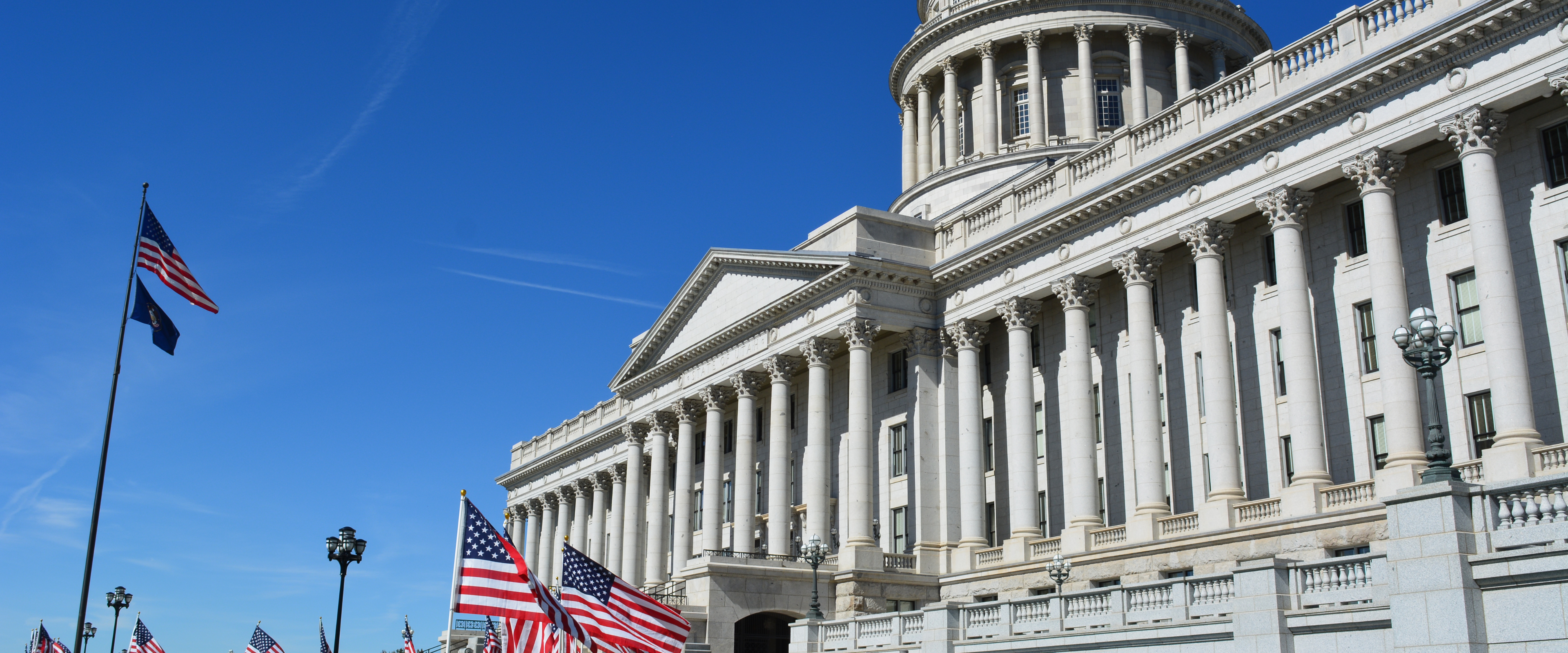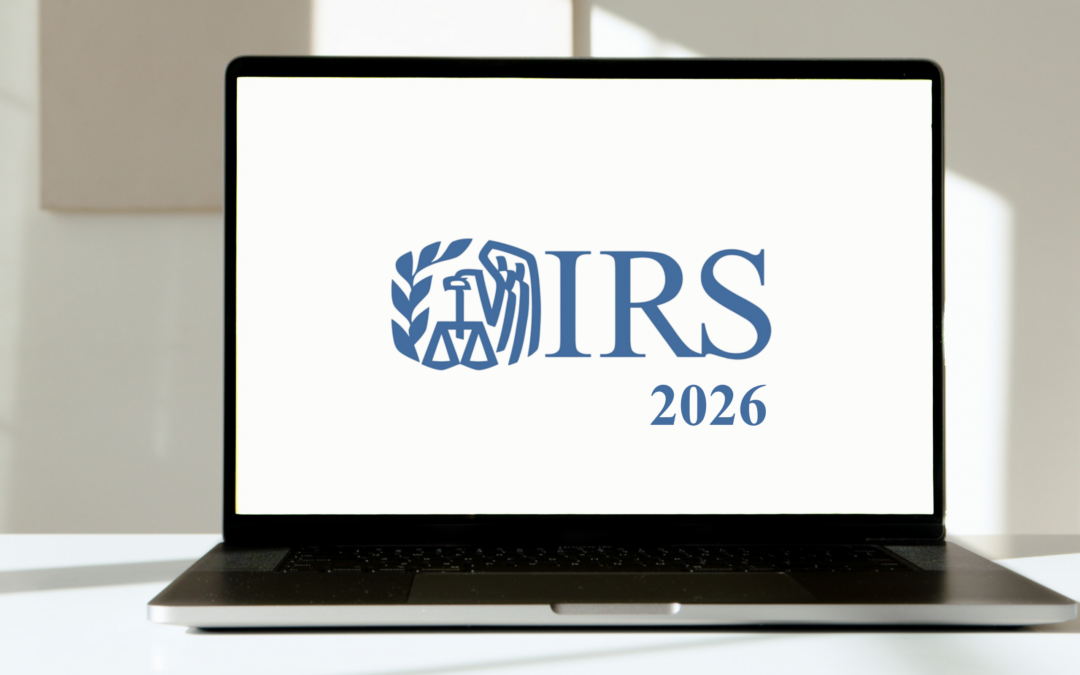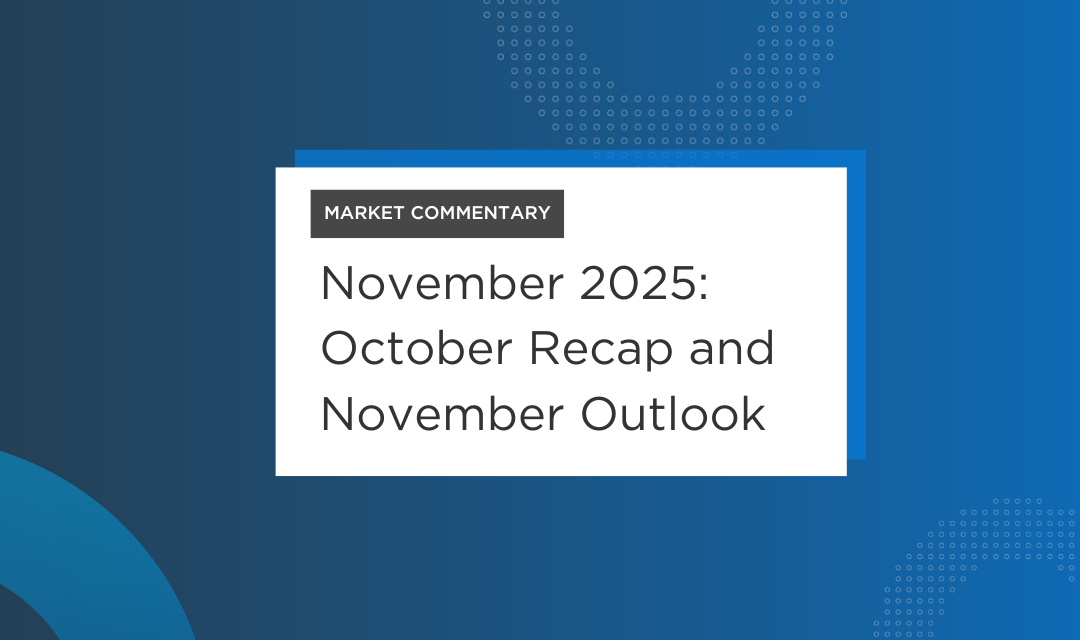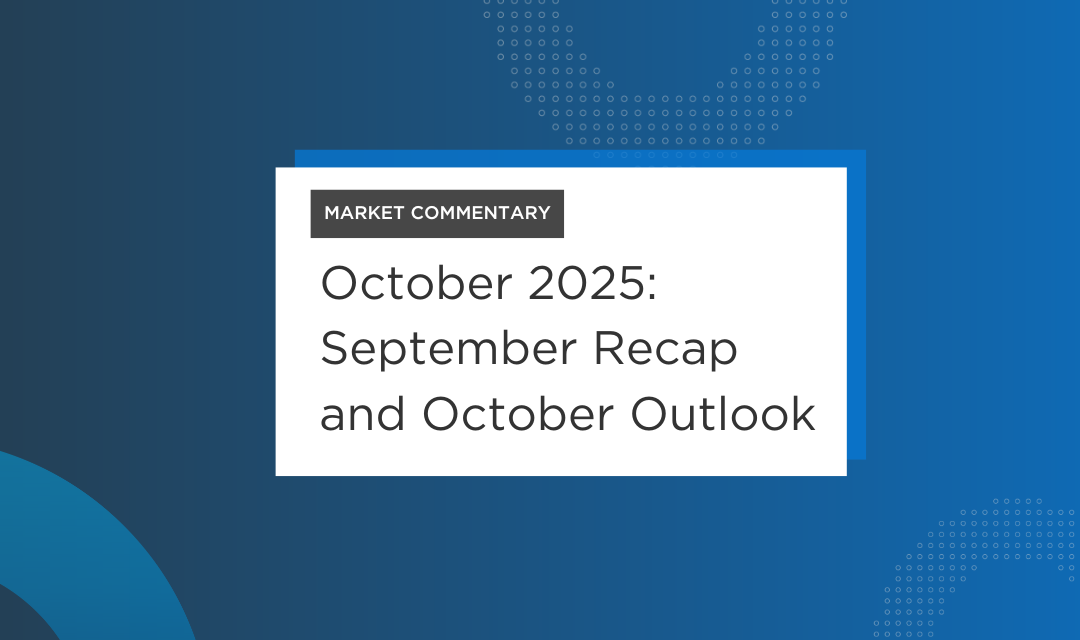Everything You Need to Know About the SECURE Act 2.0
Retirement. It’s one of the biggest, if not THE biggest, stressors for those in the working world. Are you saving enough? What’s happening to Social Security? How can you know? While those questions may not have definitive answers, the SECURE 2.0 Act has taken on retirement savings in several ways. It aims to help almost everyone be able to save and invest for a successful retirement.
There are new rules that aim to pave the way for a less harrowing ride into retirement, whether you have student loans, need to make up for the lost time in the years leading up to retirement, must take RMDs once you reach retirement age, or are planning to implement a charitable giving strategy.
Retirement is never a “one and done,” and it’s helpful to be reminded of this fact when all the many aspects of retirement are rolled into a single piece of legislation.
You spend your working years collecting a nest egg, and then, after you’ve reached retirement age, you go to a phase known as decumulation. The savings and spending mentalities are polar opposites. The future of your trip depends on the decisions you make now.
Like with taxes, retirement planning includes a long-term financial strategy. This short read summarizes the most important developments to inspire you to evaluate your present situation and consider how you may best prepare for your retirement in the years ahead.
Essential Outcomes of the Act
- In 2023, the RMD initiation age will rise to 73, and by 2033, it will rise to 75.
- In 2023, failure to take an RMD will result in a 25% penalty, down from the current 50%, and a 10% penalty if remedied on time for IRAs.
- A Roth-affiliated savings account will be available as an addition to defined contribution retirement plans. This law is effective immediately but will probably be delayed due to the regulations that the IRS will have to write to implement this.
- Beginning in 2023 any participant making over $145,000 annually will be required to make their age 50+ catch up contribution to a 401(k), 403(b) or 457(b) plan as a Roth contribution.
- Beginning immediately, participants requesting a hardship withdrawal or unforeseeable emergency distribution will be able to “self-certify” that their request meets the IRS requirements including both the reason for the request and that they meet the financial need rules. They will not be required to submit documentation.
- Force-out amount is increased from $5,000 to $7,000 for distributions made after 12/31/23.
- The IRA charitable distribution provision is expanded to allow for one-time $50,000 distributions to charities. Annual IRA charitable distribution limit of $100,000 is now indexed for inflation. Begins 2023
- In 2023, 403(b) plans will be able to be offered through Pooled Employer Plans (PEPs) that will allow multiple employers to participate in a single pooled plan arrangement. This is designed to lower administrative costs, primarily for ERISA covered plans.
- Beginning in 2024, the additional 10% tax applied to early distributions is waived for unforeseeable personal or family emergency expenses. One distribution of up to $1,000 per year with the option to repay within 3 years.
- Beginning in 2024 beneficiaries of 529 college savings accounts are permitted tax and penalty free rollovers of up to $35,000 over their lifetime from 529 accounts to ROTH IRAs under certain conditions.
- In corporate retirement, Roth accounts will no longer need RMDs beginning in 2024.
- In 2025, older account holders of 401(k), 403(b), government plans, and individual retirement accounts will be able to contribute more to their accounts under the “catch-up” provision.
- Auto-enroll is mandatory for new plans at 3-10% with auto-escalation to 10-15%. For employers with 11+ employees in business for 3+ years. Existing plans are grandfathered. This provision does not apply to governmental plans, and has limitations for multi-employer plans. ERISA covered 403(b) and 401(k) plans are included. Starting 2025.
SECURE Act 2.0
The Setting Every Community Up for Retirement Enhancement (SECURE) 2.0 Act, comprising more than 90 sections, was enacted on December 29, 2022.
It is the result of the reconciliation of three bills: the House’s Securing a Strong Retirement Act, the Senate’s Enhancing American Retirement Now (EARN) Act, and Retirement Improvement and Savings Enhancement to Supplement Healthy Investments for the Nest Egg (RISE and SHINE) Act.
These bills were all written to expand access to retirement plans and retirement savings, streamline administration and reporting requirements, and protect retirement income. It expands on the SECURE Act of 2019 and is the most current action taken by Congress to increase the ease with which American families may save for and enjoy a secure retirement. Most regulations won’t affect plans until 2024 or 2025, but some will kick off sooner.
Automatic Enrollment, Savings Accounts, and Student Loan Matching
With automatic enrollment in a retirement plan, savings may begin to accumulate early in a person’s career when the power of compounding has the most time to grow their money. Automatic enrollment for eligible workers in new employer-sponsored plans with a 3% contribution rate or higher will begin in 2025. Additionally, there are new regulations concerning portability. A job change will also permit the automatic transfer of these accounts, which often have smaller balances, to a new plan.
Saving for retirement and establishing an emergency fund are sometimes at odds due to the 10% penalty on withdrawals from tax-deferred retirement plans. No more. Plans may include dedicated Roth accounts for emergency savings for non-highly paid workers beginning in 2024. Maximum donations are $2,50. A 10% penalty will be applied for the first four withdrawals per calendar year.
At the beginning of one’s working life, student loan payments might take a sizable chunk of one’s income. It might be challenging to save for retirement while attempting to pay off debt. To offset this, the new legislation mandates that employers contribute an equal amount toward their employees’ repayment of student loans.
Increases in Late Career Catch-Up Contributions
As your work winds down, one of the most excellent ways to boost your retirement savings is to take advantage of the catch-up contribution for individuals 50 and over. With the year 2023, the catch-up sum will rise to $7,500. In 2025, employees who are 60, 61, 62, or 63 will get a more significant catch-up payment. These workers may put in either $10,000 or 150% of the catch-up amount for that year, whichever is larger.
The tax implications of catch-up contributions, however, are evolving. To avoid paying taxes twice, those over the age of 50 are required to put their catch-up contributions into a Roth IRA or other tax-free account.
Flexibility in the Decumulation Stage
Although retirement account contributions reduce taxable income in the year they are made, the Internal Revenue Service will ultimately want its share. In 2023, the minimum age for receiving RMDs will increase from 72 to 73, giving retirees an additional year to take advantage of falling asset prices by converting part of their tax-deferred assets to a Roth IRA. The RMD will be lower when the conversions are made since the account value will be lower.
The RMD eligibility age will increase to 75 starting in the year 2033. This extra time allows for better income and tax planning since it may be used to delay the sale of assets until after the tax-free period has passed or convert more money to a Roth IRA.
To Sum Up
Key elements of the years in which you are saving for retirement include beginning early and taking advantage of tax advantages and the power of compounding. The end objective is to be able to retire with enough money to do anything you want to do. However, setting aside money is just part of the picture. It is vital to maintain your retirement goals by thinking strategically at all times.
We are still researching the implications on our clients’ plans and the ERISA vs non-ERISA and private sector vs governmental differences in the regulations.
SOURCES USED:
https://www.wealthmanagement.com/webinars/secure-act-20-new-plan-incentives-employers-employees-and-advisors
https://www.bakerlaw.com/alerts/secure-20-act-2022congress-final-gift-2022-retirement-plan-sponsors
DISCLOSURES
Investment advisory services offered through TCG Advisors, an SEC registered investment advisor. Insurance Services offered through HUB International. Tax services offered through RPW Solutions. Although the information in this blog has been compiled from data considered to be reliable, the information is unaudited and is not independently verified.
Tax services offered through RPW Solutions. TCG Advisors does not provide tax, legal or accounting advice. This presentation was prepared for information purposes only, and is not intended to provide, and should not be relied on for, tax, legal or accounting advice. You should consult your own tax, legal and accounting advisor before engaging in any transaction.
This website is not authorized for use as an offer of sale or a solicitation of an offer to purchase investments. This website is for informational purposes only and does not constitute an offer to sell, a solicitation to buy, or a recommendation for any security, or as an offer to provide advisory or other services in any jurisdiction in which such offer, solicitation, purchase or sale would be unlawful under the securities laws of such jurisdiction. TCG.7.2023



